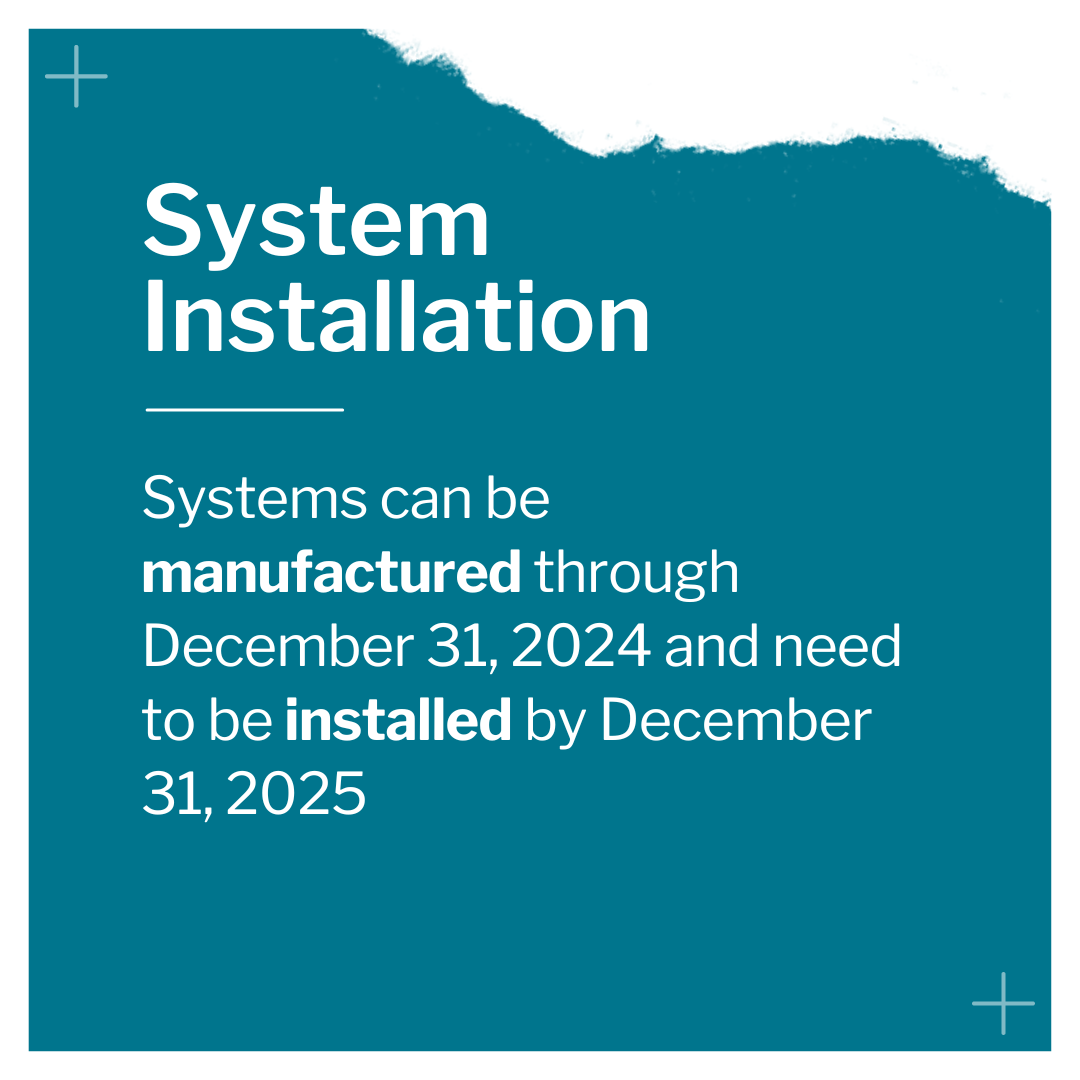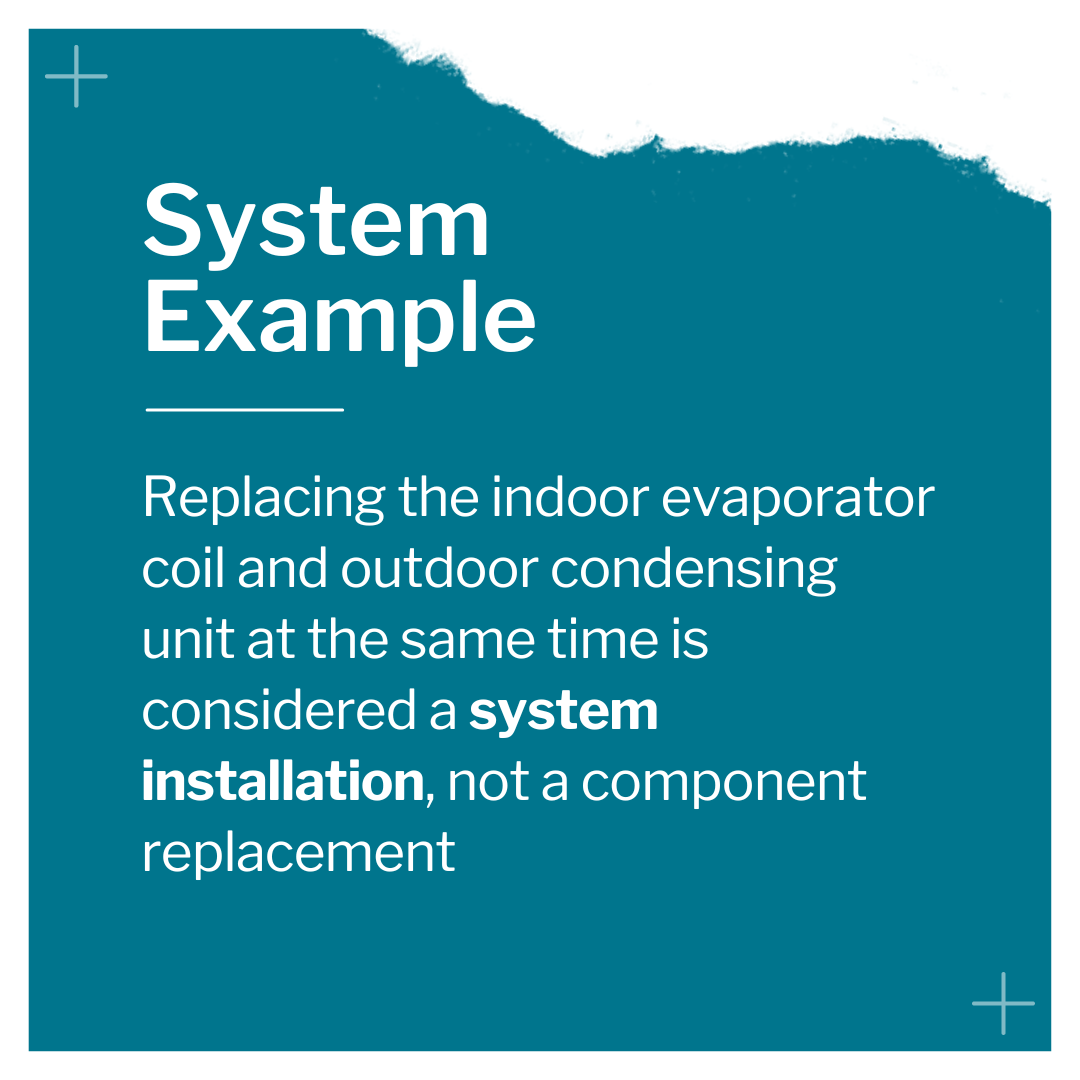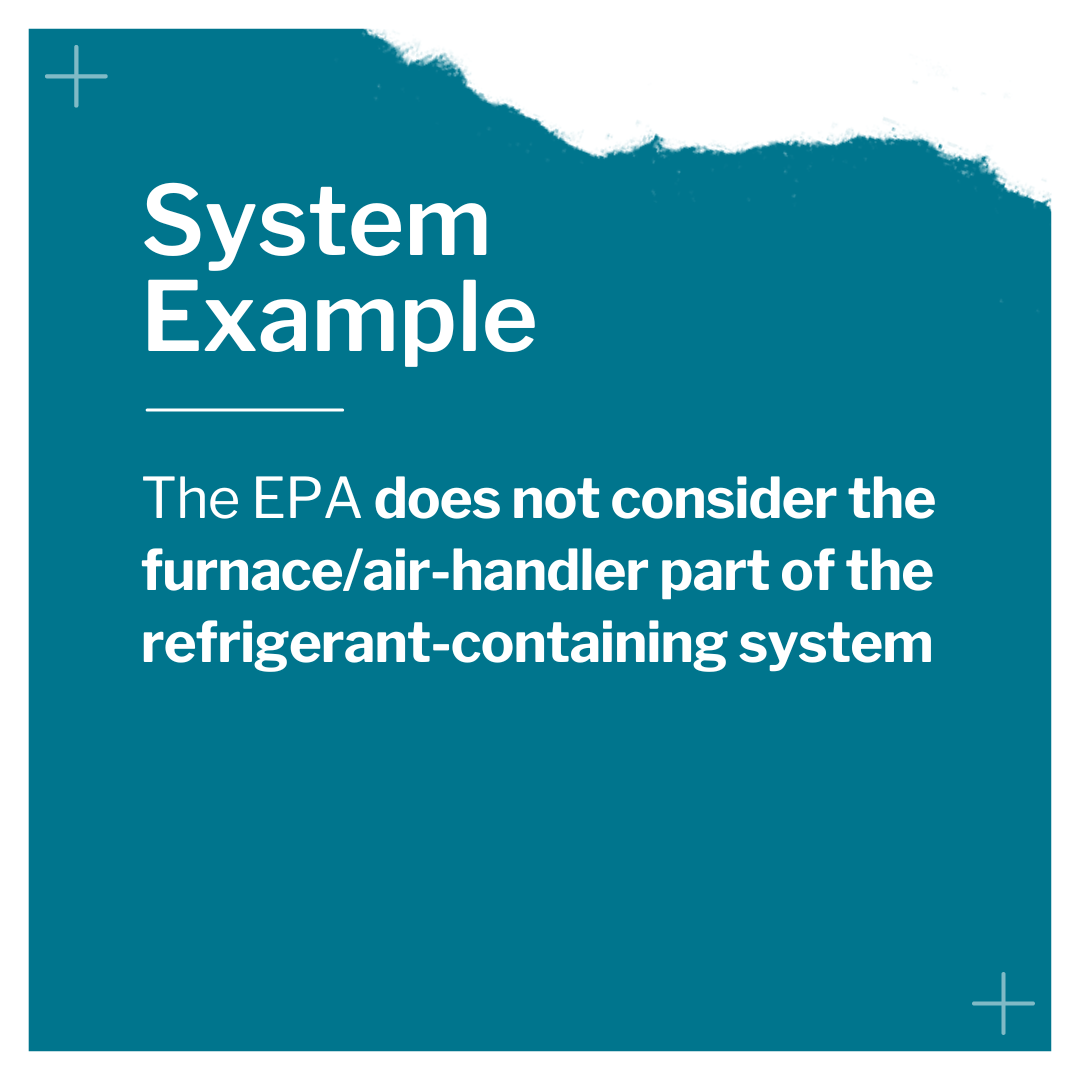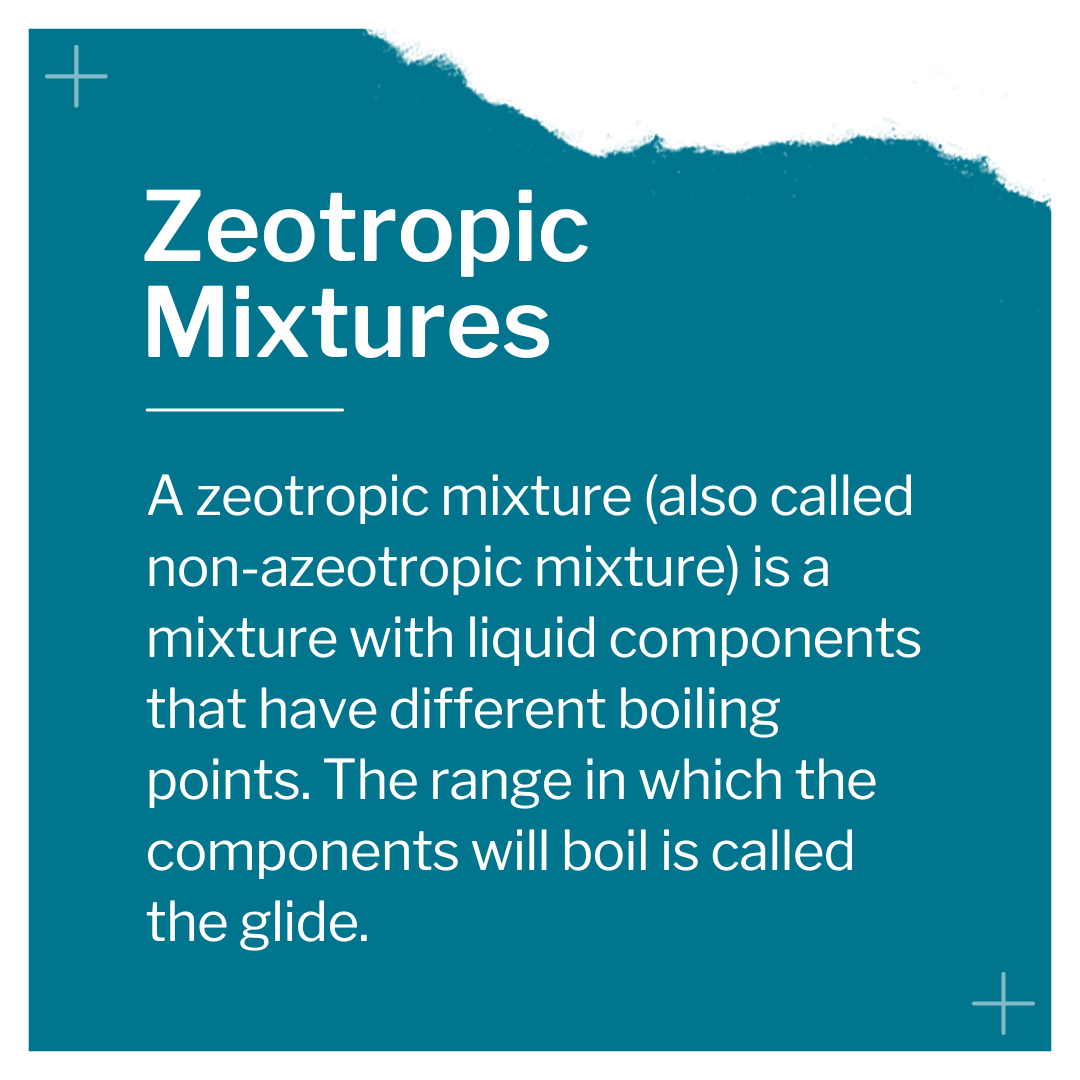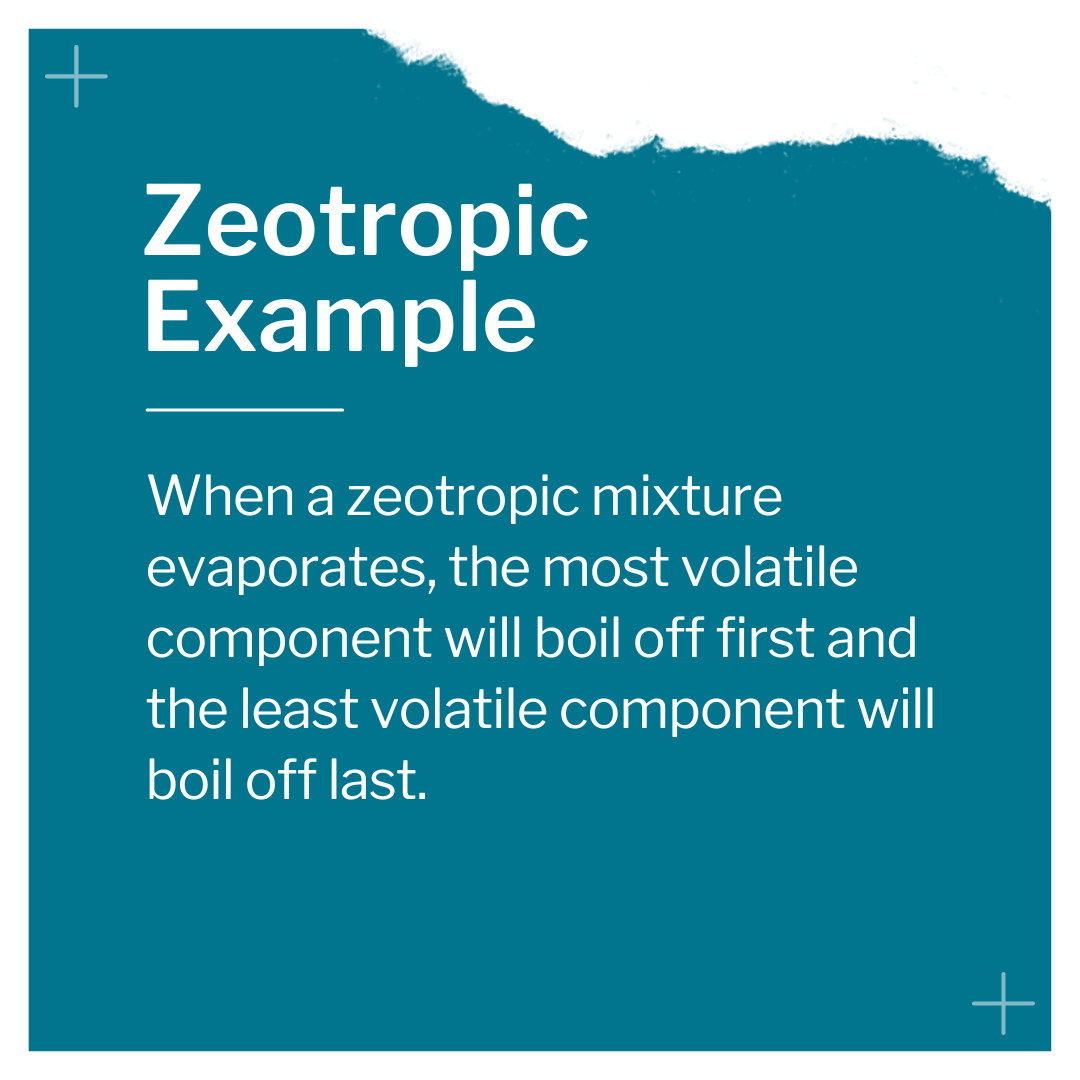WHAT'S UP WITH A2L REFRIGERANTS?
Learn about regulation changes, training opportunities, and sort out fact from fiction.
The Gustave A. Larson Company is committed to your success in the coming months and years as we all navigate industry changes together. This page is your one-stop resource for all things A2L and other key regulation changes based on industry resources, including EPA, HARDI, and manufacturers.
WHAT ARE A2Ls?
Video courtesy of OpteonTM by Chemours
.png?width=1024&height=768&name=Refrigerant%20(1).png)
REFRIGERANT TRANSITION TIMELINE
Where Did We Come From & Where Are We Going?
September 16, 1987 - Montreal Protocol
A global environmental agreement between nations to regulate the production and consumption of nearly 100 man-made chemicals referred to as Ozone Depleting Substances (ODS)
October 15, 2016 - Kigali Amendment
Calls for a gradual reduction in the consumption and production of hydrofluorocarbons (“HFCs”), which are potent greenhouse gases. Its global implementation should avoid as much as half a degree Celsius of warming by the end of the century
December 2020 - AIM Act
The American Innovation & Manufacturing act mandates a 15-year phase down of HFCs at a national level, administered by the EPA and aligned with the Kigali schedule.
January 1, 2025 - Residential
Manufacturers can no longer manufacturer equipment to be used for split system or packaged system new installs
December 31, 2025
Current deadline to install R-410A systems
December 31, 2027
The current deadline to install self-contained R-410A & light commercial units.
*Learn more about products vs systems by visiting our Glossary of Terms
AskA2L from HARDI
Get Real-Time A2L Answers
AskA2L is an interactive chat that leverages artificial intelligence to produce accurate and real-time guidance on unique A2L questions. The answers it produces take into account the location, product category, volume, recent legislation, and more.
This tool is available 24/7/365 and trained exclusively by industry policy experts, AskA2L has the singular mission of giving accurate, timely, and verified answers to any HVACR A2L-transition, compliance-related questions.
Contractor FAQs
Frequently Asked Questions - For Contractors
What is an A2L refrigerant?
Named for their ASHRAE safety classification, A2L refrigerants are characterized by mild flammability, low toxicity, and low GWP (Global Warming Potential). A2L refrigerants offer similar operating characteristics to legacy refrigerants and are more energy efficient than R-410A. A2L refrigerants are acceptable due to their lower GWP per new regulations.
What refrigerants are classified as A2L?
Current A2L residential refrigerants are R-454B and R-32. Existing refrigeration A2L refrigerants are R-454A, R-454C, & R-455A.
Are A2L Refrigerants Flammable?
A2L refrigerants need at least 1,000 times more energy to ignite than most A3-class (propane) flammable refrigerants. This means that A2L refrigerants are unlikely to ignite from a discarded cigarette or a space heater. Even naked flames struggle to ignite A2L refrigerants under test conditions. The “L” means they have a low burning velocity so, even in the event of ignition, the flame will likely burn slowly and self-extinguish. Extensive testing has been done with A2Ls and numerous heat sources, including cigarettes, lighters, power drills, & various household appliances: no heat source produced ignition.
Why is the government mandating a change to A2L refrigerants?
- Lower GWP means that A2Ls are better for the environment
- A2Ls are more efficient
- R-454B has similar temperatures and pressures as R-410A
What can I use to replace R-410A?
Currently there is no alternative refrigerant to R-410A & equipment cannot be converted due to safety regulations.
How long can I sell R-410A compatible equipment?
The deadline to install R-410A systems is December 31, 2025.
The deadline to install self-contained R-410A products is December 31, 2027.
R-410A components can be installed indefinitely as a repair, but not installed as part of a new system.
Learn more about the differences between products, systems, and components as defined by these new regulations in our glossary of terms.
What about new construction?
New construction follows the same refrigerant transition rules as replacement.
Learn more in our glossary of terms.
Do I need to take another EPA exam?
Contractors and technicians who already hold an EPA Section 608 certification are grandfathered in and do not need to take an additional exam.
Gustave A. Larson has ongoing training opportunities to learn more in a classroom or virtual setting.
Are A2L tanks different?
Yes! A2L and A1 refrigerant tanks have different colors. Traditionally, R-22 comes in teal / green cylinders, while R-410A comes in pink cylinders. A2L refrigerants come in silver cylinders with a red stripe near the top and large lettering of the refrigerant type.
What new tools do I need?
Good news is that some of your tools may already be A2L compatible! Check with your Larson Representative or with the manufacturer of the tool.
| Service Tool | A2L Compatibility |
| Charging Hoses | A2L refrigerant tanks will have left-handed threads. An adaptor or new hose will be needed to convert the standard ¼" flare to a left-hand thread. |
| Gauges | Most digital gauges can be updated with the new A2L refrigerants |
| Leak Detectors | A2L compatible if rated for flammable refrigerants |
| Recovery Machines | A2L compatible if rated for flammable refrigerants (DC motor) |
| Scales | No change |
| Vacuum Pumps |
|
Does anything change with recovery?
Contractors must continue to recover all refrigerants, including A2Ls. Learn more about recovery including precautions, processes, & best practices here.
Can I use A2L refrigerant in an A1 system?
Only use A2L refrigerants in equipment designed for A2L refrigerants. Do not use A2L refrigerants in existing A1 systems under any circumstance.
For example, you cannot use R454-B or R32 in a system that uses R-410A or R-22.
Retrofitting from one classification to another is a violation of the EPA SNAP Rule 23.
Can I top off a system with an A2L refrigerant?
Yes. This includes R-454B (which has a low 1.4°F glide) that can be topped off without the need to recover the entire refrigerant charge.
Are there recordkeeping changes?
At installation, federal regulations require contractors to record the total refrigerant charge (unit charge plus additional charge at install) on the outdoor unit label.
Will new units be pre-charged from the factory?
Yes! A2L units cannot be shipped without refrigerant and will be pre-charged when shipped from the factory.
How does installation change for new A2L systems?
- Always follow proper installation and service procedures
- Ventilate work areas
- Purge line sets before brazing
- Braze with nitrogen flowing
- Mark the total refrigerant charge on the required label and record refrigerant-related service work
- Ensure leak detection sensors are properly installed and operational (NEVER bypass a sensor)
- Always weigh in the refrigerant charge
- Always use OEM parts to ensure safe operation
- Stay educated and train your staff
- Know your surroundings and your local codes
- Installation of jumper ducts or transfer grills to adjacent rooms can help increase room size for refrigerant concentration calculations
Can I reuse line sets?
Line set reuse is permissible with proper purging for R-454B equipment. Although, R-454B designs may work best with smaller line set sizes, alternate sizing may be acceptable with reduced limits to rise & run length or other performance limitations. Check the unit model installer’s guide for specific details. Refrigerant line sets with A2L refrigerants will have smaller stub outs and smaller rated sizes than 410A.
NOTE: If existing refrigerant lines are reused, replacing all the other components would still result in a new “system” for the purposes of the Technology Transitions Program. See our glossary of terms for more details on systems, products, and components as defined by the ruling.
What do AHRI ratings with “+ T-Stat” mean?
This new designator simply means to use a standard 24V 2-stage thermostat for this equipment combination.
Answers to Homeowner Questions
Homeowners may have questions or concerns about the A2L regulation changes. Here are some ways to address those, should they arise.
My air conditioner broke. Do I need to buy a whole new system?
Homeowners can maintain and repair their systems throughout the useful life of the equipment. A homeowner can replace a failed R-410A component (condensing unit or indoor coil) with a similar R-410A component. New systems installed on or after January 1, 2026 must use an A2L refrigerant. Self-Contained Products (packaged unit, PTAC, etc.) installed after January 1, 2028 must use an A2L refrigerant.
Should I be concerned with having a new A2L unit that contains mildly flammable refrigerant in my home?
- Just like a gas water heater, the new A2L components have safety devices. <LINK> click here to learn about the specific safety protection on A2L systems.
- All A2L systems are installed with a monitor that will shut the system down if there is a leak and automatically run the fan.
- Mildly flammable refrigerant facts:
- Only used in new equipment specifically designed for flammables
- Must be compliant with relevant safety standards and building code requirements
- Can never replace non-flammable refrigerants in retrofit situation
- Compared to propane and natural gas, A2L refrigerants have much lower flammability risk due to:
- Higher (LFL) Lower Flammability Limit – Must reach higher concentration to become flammable.
- Higher (MIE) Minimum Ignition Energy – Harder to ignite.
- Lower (HOC) Heat of Combustion – Less energy released if burned.
- Lower (BV) Burning Velocity – Flames spread slowly.
Special Procedures for Recovery of A2Ls
These precautions include, but are not limited to the following:
-

Verify the recovery machine is A2L
approved and operating normally before
performing a recovery
-

A temporary flammable zone
should be created with a 3-meter
perimeter around the work area
-

Place “No Smoking”, “Do Not Enter”
& any other appropriate warning
signs in the area
-

A CO2 or dry powder-type fire
extinguisher should be available
within the work area
-

Use suitable flammable gas detector
to monitor air in the work area
for refrigerant gas concentrations
-
.png?width=1024&height=500&name=Recovery%206%20(2).png)
Ensure adequate ventilation
of the area
-

No service equipment should be
connected or disconnected within
the flammable zone
-

Properly ground the recovery machine,
tank, hoses, system, & other
elements to prevent static buildup
-

Don't reset the service equipment
circuit breaker unless power has been
removed or the area is free of ignitable
concentrations
-

Disable and lock off the power
to the system being serviced
-
.png?width=1024&height=500&name=Recovery%2011%20(1).png)
All precautions must be taken to
eliminate the mixing of air with
flammable refrigerants, including
monitoring the recovery cylinder for air
content
-

When recovery is complete, purge the
system with oxygen-free dry nitrogen
(OFDN). Don't use compressed air or
oxygen.
Special Procedures for Recovery of A2Ls
OPTION B: These precautions include, but are not limited to the following:
BEST PRACTICES FOR A2L RECOVERY
Always use best practices when it comes to safety and follow all proper training procedures!
| Action | A1s | A2Ls |
| Safely remove refrigerant following local & national regulations | Required | Required |
| Purge circuit with inert gas | Best Practice | Required |
| Evacuate circuit | Best Practice | Required |
| Open circuit by cutting or brazing | Required | Required |
| Make repairs, purging with nitrogen while brazing | Required | Required |
| Leak and pressure test | Best Practice | Required |
| Evacuate system | Required | Required |
| Charge system | Required | Required |
A2L Compatible Tools
A2L refrigerants will require new tools, but many of the tools you already own may be A2L compatible. Check out the options a few of our brand partners have to offer and see if your tools are A2L compatible!
Shop by brand below or shop by all A2L compatible products here.
.png)




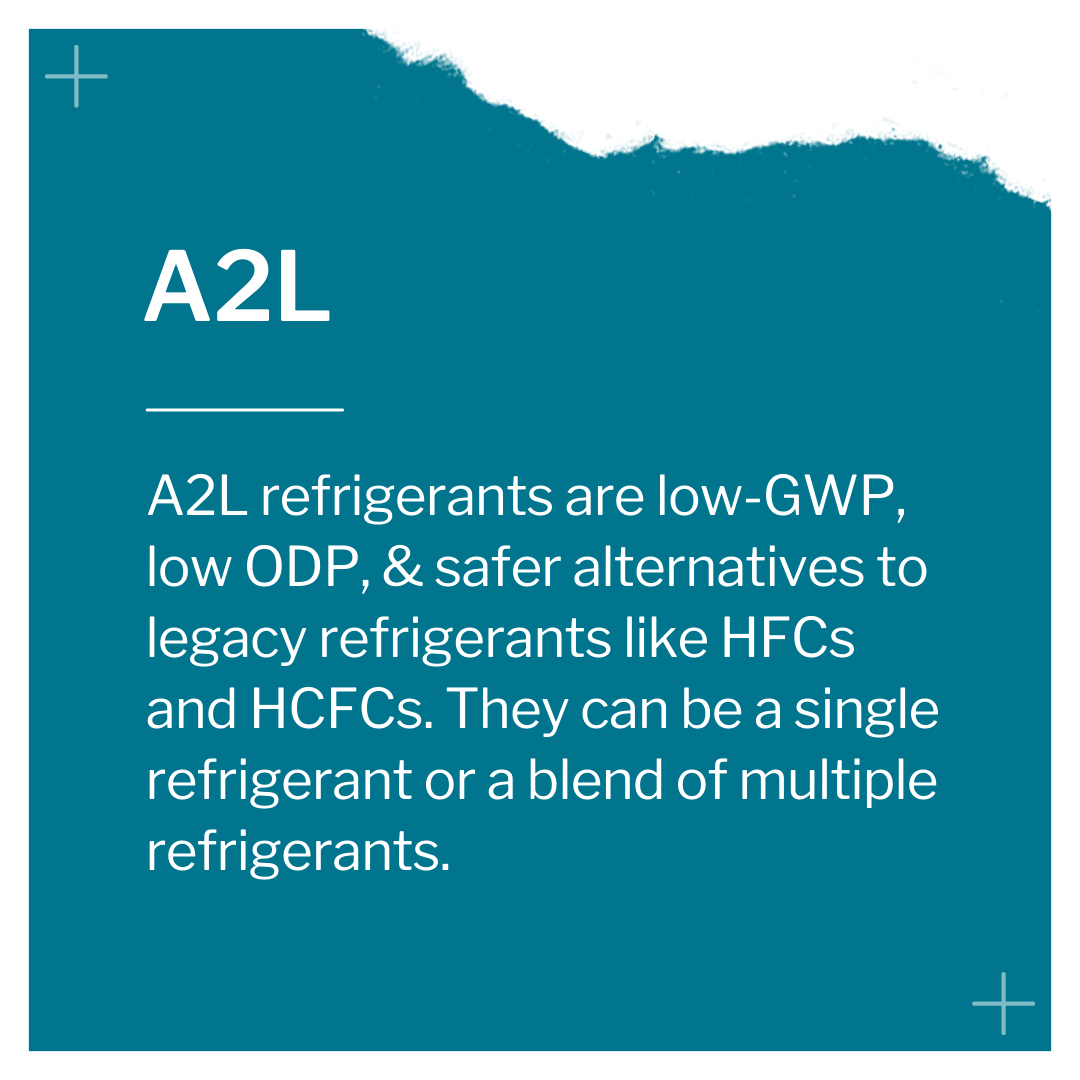
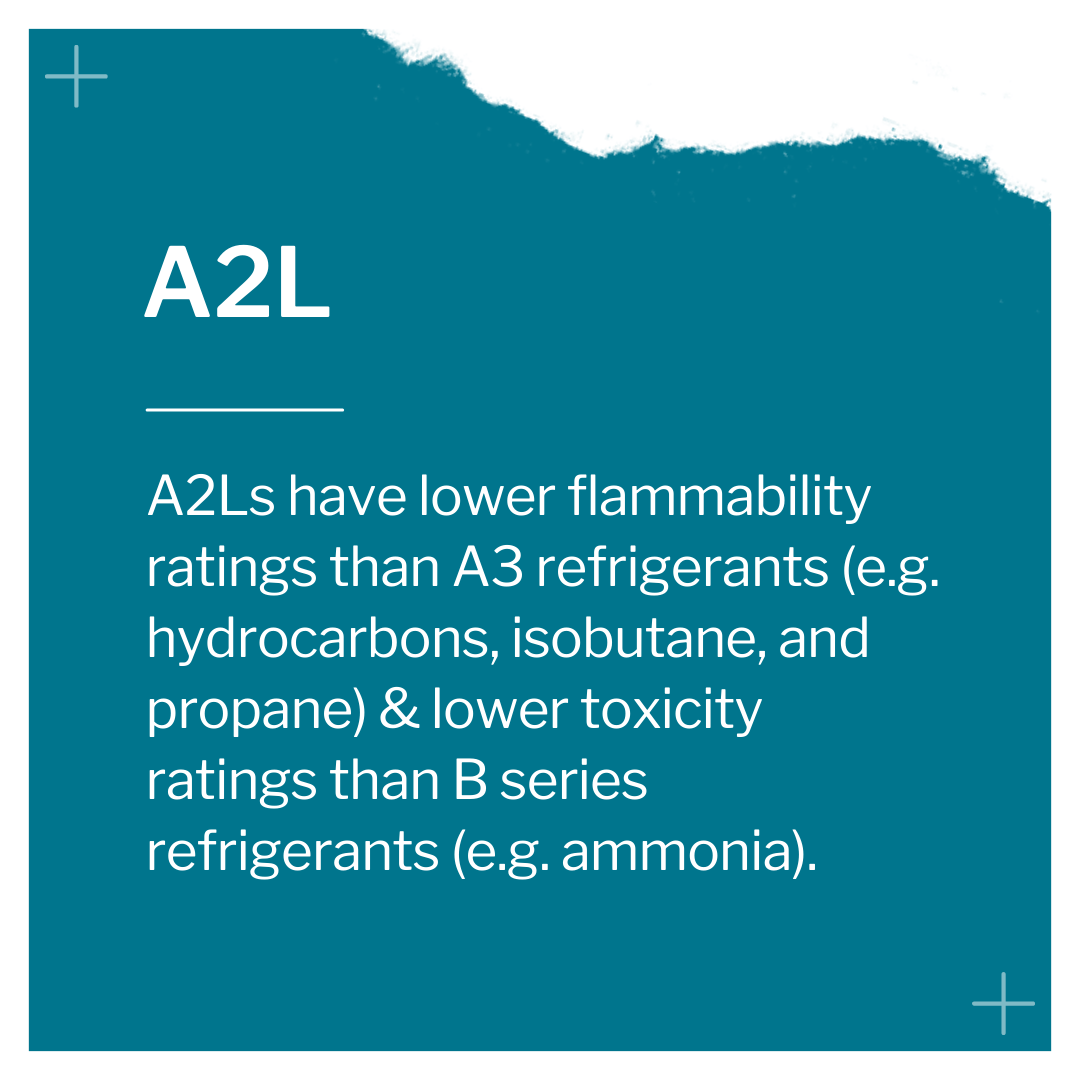





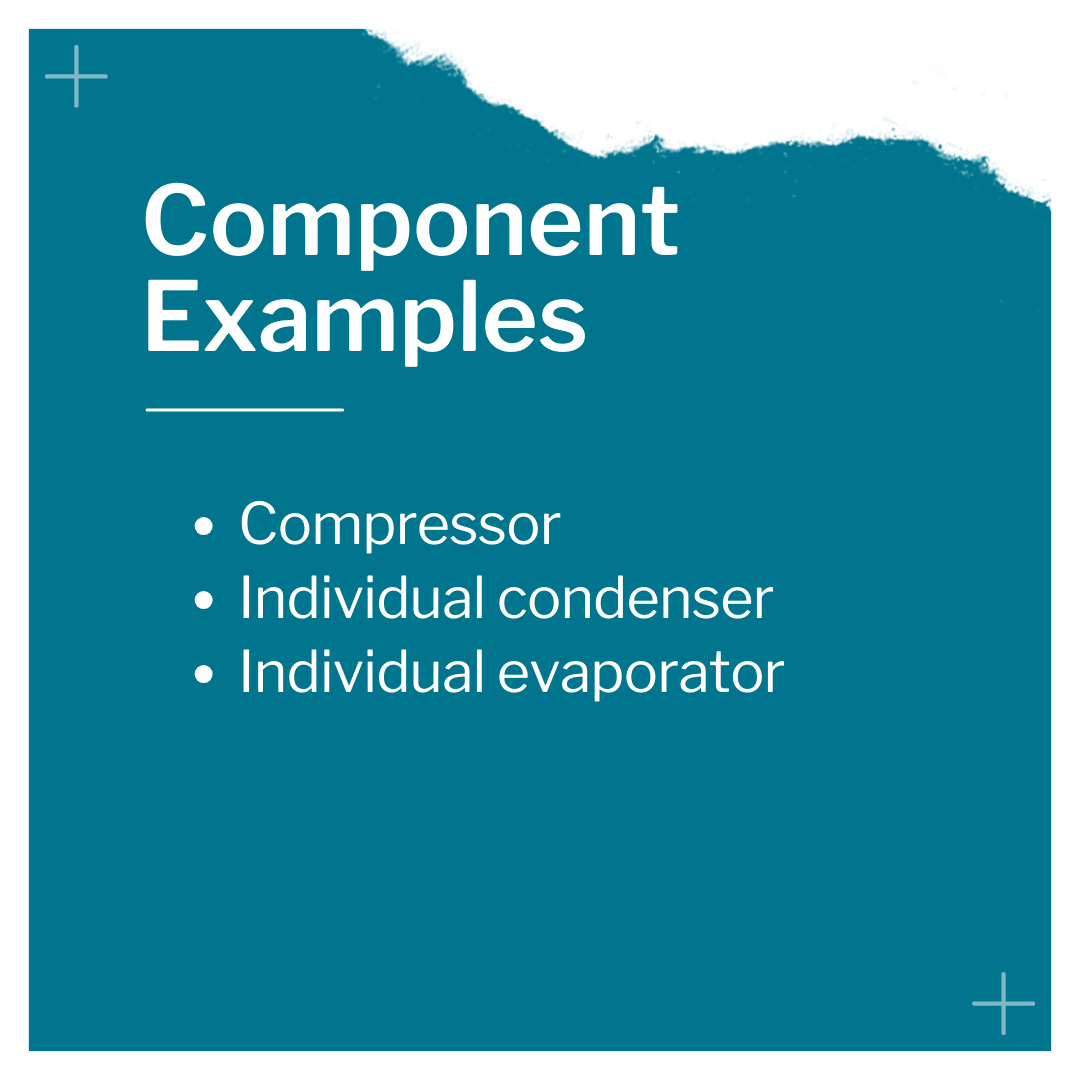
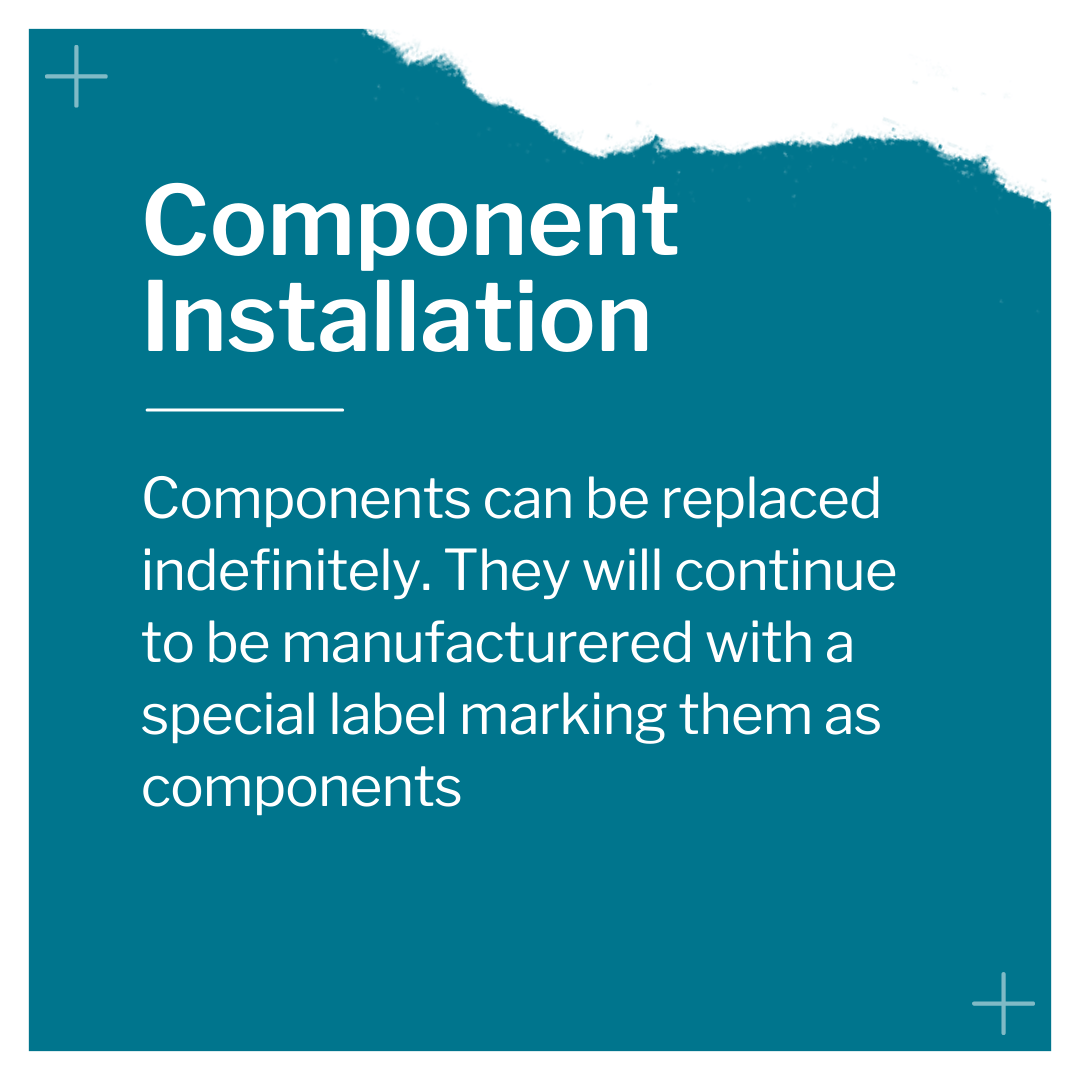
.png)
.png)
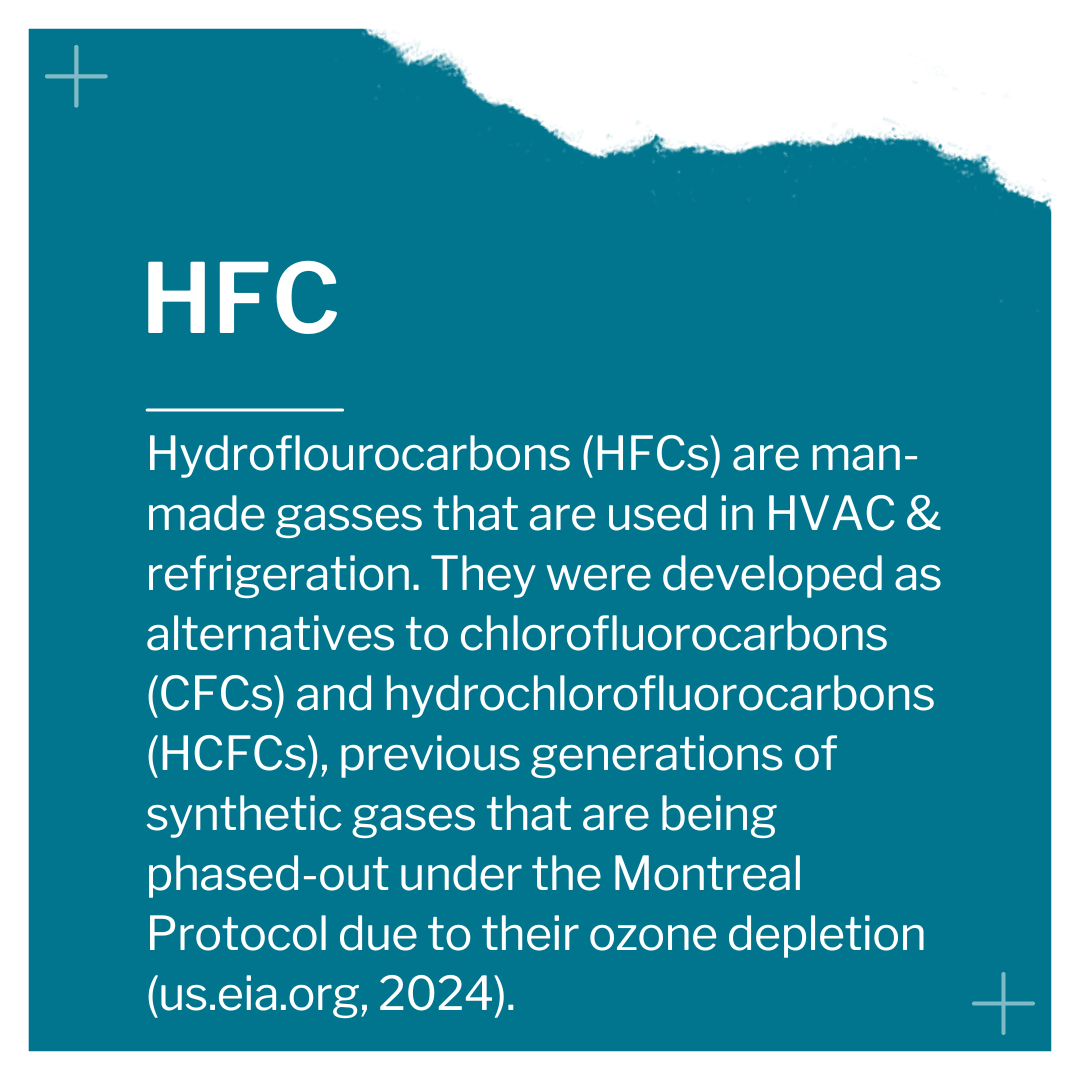
.png)
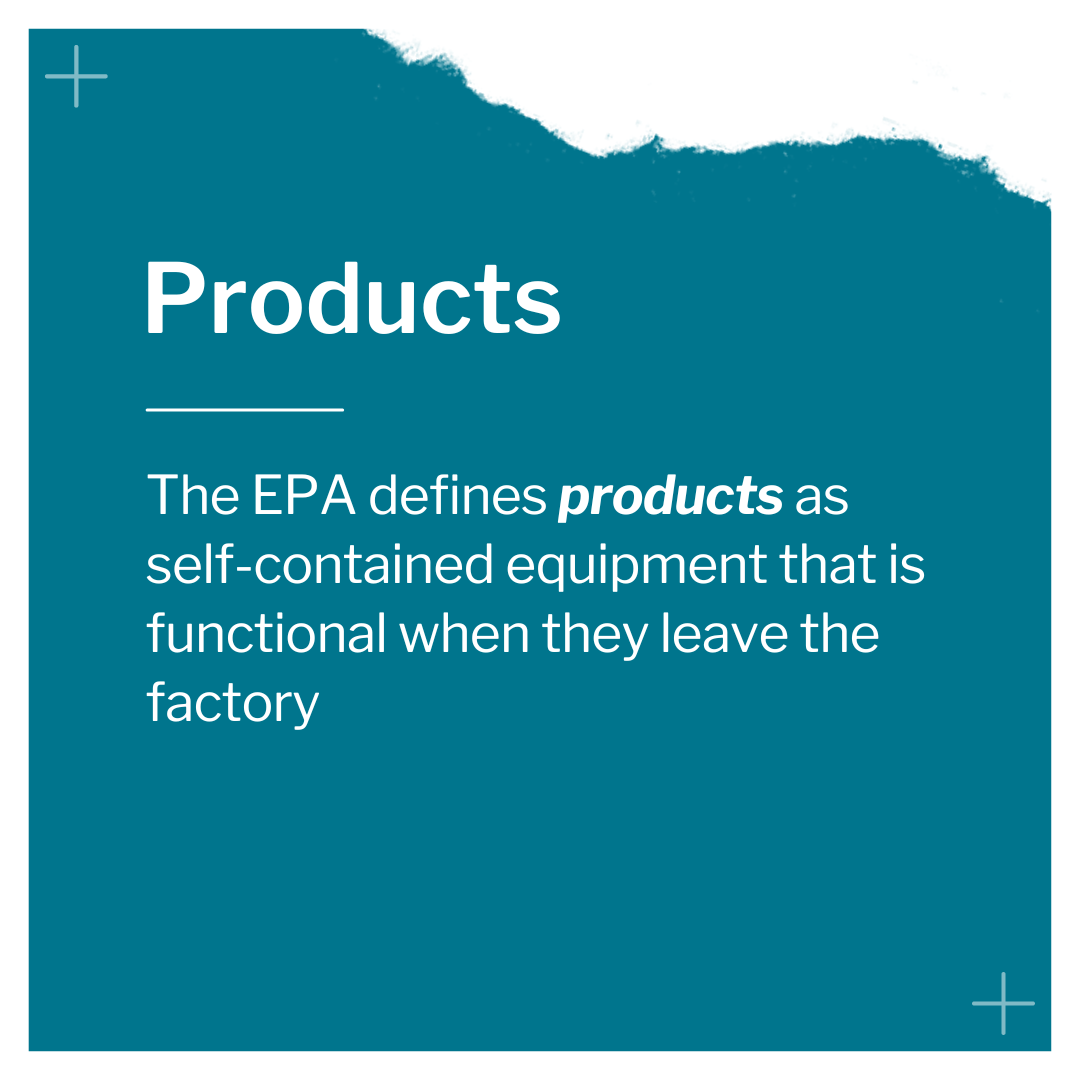
.png)
.png)
.png)
.png)
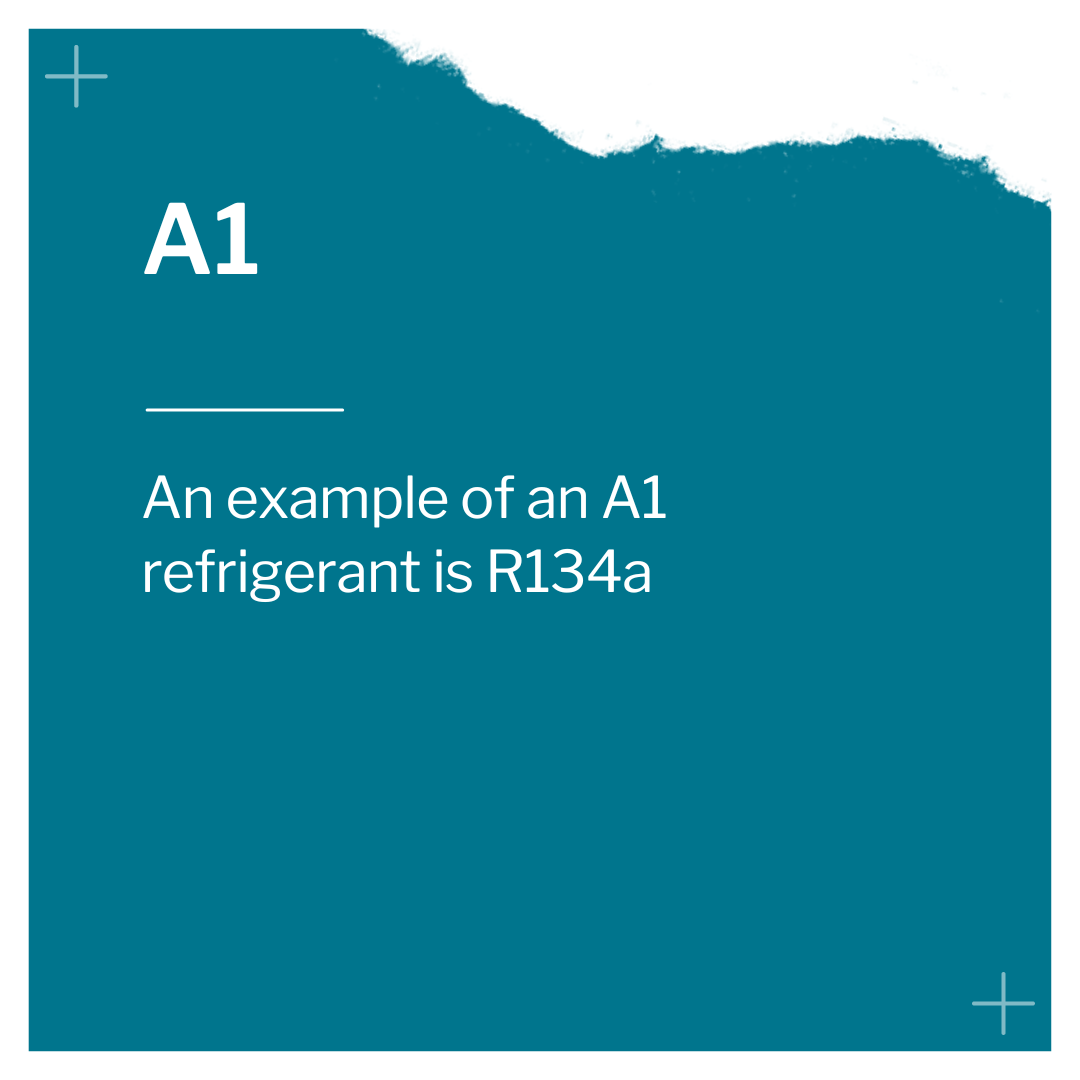
.png)

